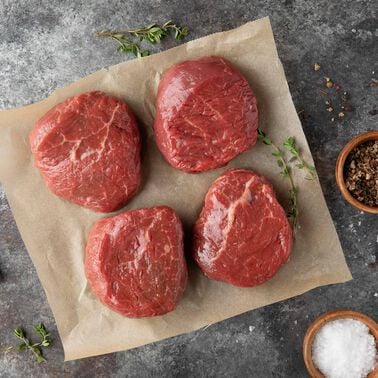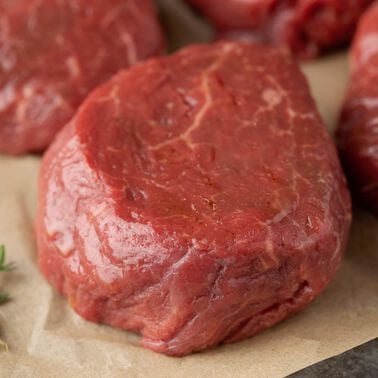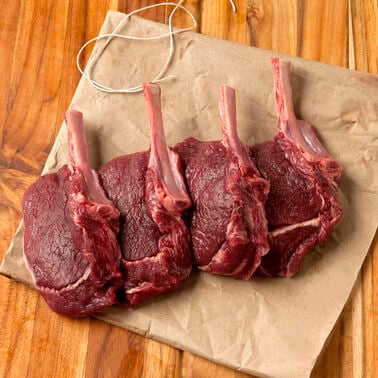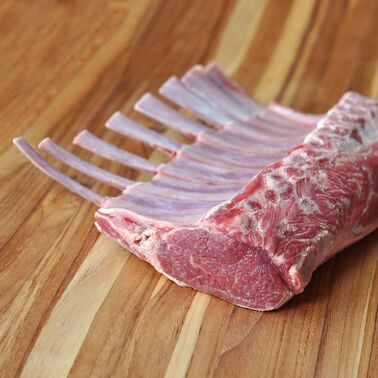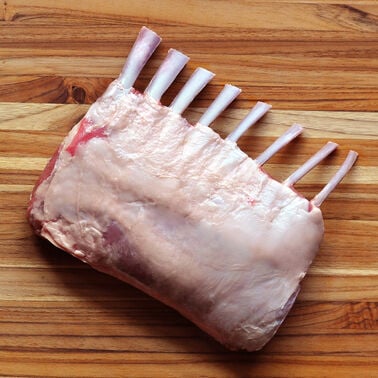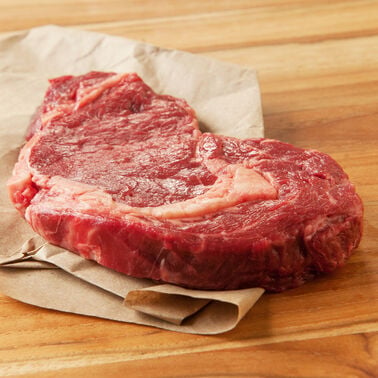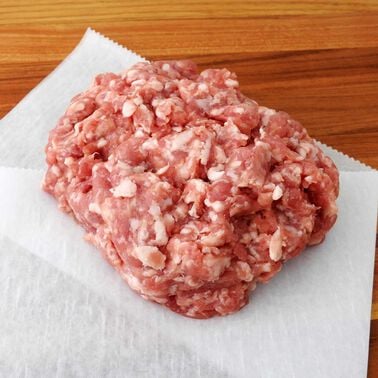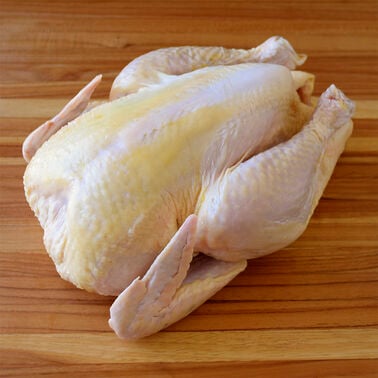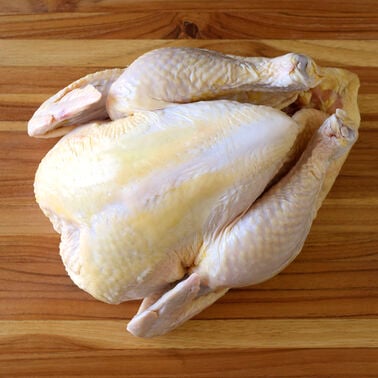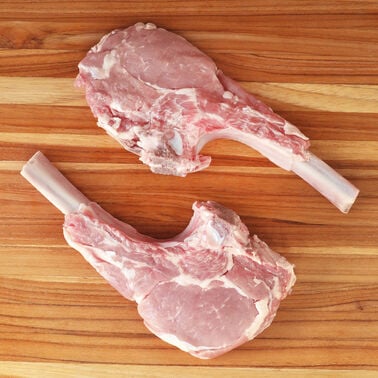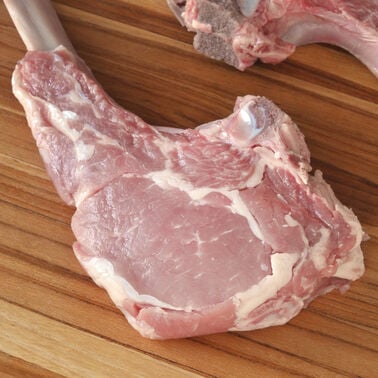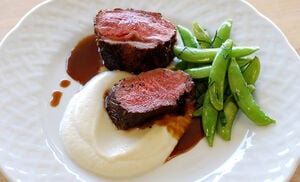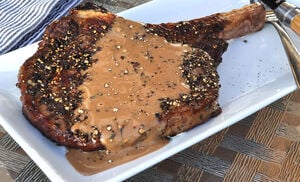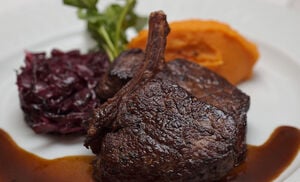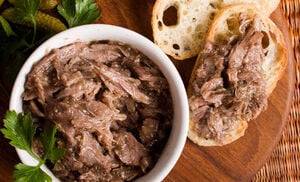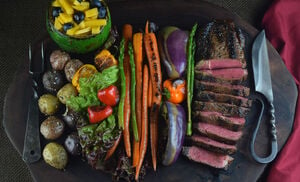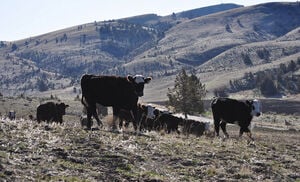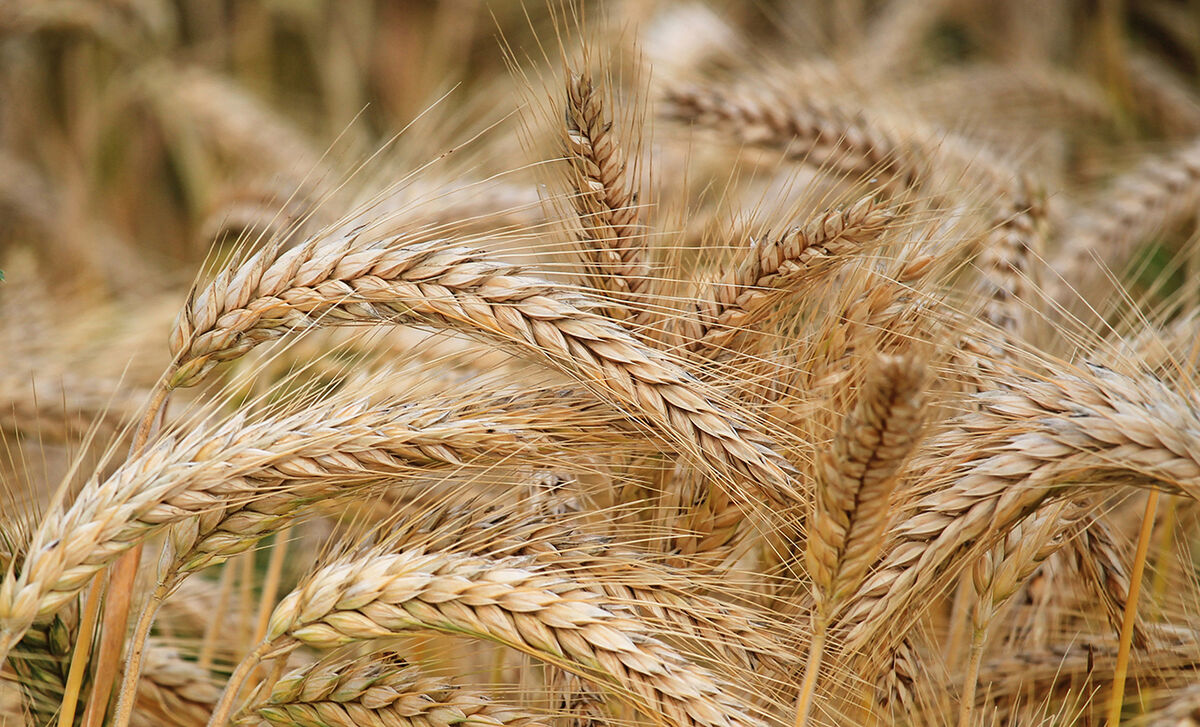
Gluten: The Facts
The gluten-free trend is hot these days. Go into any store and you will notice entire aisles of gluten-free food. Labels that once proclaimed “fat-free” now say “gluten-free.” Today, one in five people are reducing or eliminating gluten from their diet, according to a 2015 Gallup poll. Gluten is the new villain in our diets, just as fat and carbohydrates were in recent decades.
What is gluten anyway? And why is everyone avoiding it?
Gluten is a general name for the proteins found in wheat, rye, barley and triticale – a cross between wheat and rye. These proteins - there are about 70 different glutenin and gliadin proteins in wheat – stretch and trap gas as dough rises, which is what makes bread light and airy. Gluten acts as a glue of sorts, binding ingredients in foods; as a result, it can be found in many prepared foods.
Is Gluten Unhealthy?
The gluten-free trend has been growing, and public perception is that foods without gluten are healthier. For labeling, the FDA defines gluten-free foods as having less that 20 parts per million of gluten.
Some people – 1% according to studies - have celiac disease. This means that gluten damages their small intestine; they experience digestive distress, and cannot absorb the nutrients in any food. Others have similar symptoms, or allergic responses to wheat products, but are not diagnosed with celiac disease. With an increased awareness of celiac disease, IBS, Crohn’s disease, and allergies associated with wheat, many people are finding they are not tolerating gluten well.
Processed Foods
A recent study showed nearly 60% of the daily calories of an average American came from “ultraprocessed” food; defined as containing flavors, colors, sweeteners, hydrogenated oils, emulsifiers, preservatives, and other additives. While many packaged foods rely on gluten for their texture and flavor, it might not be the gluten that is the main culprit. Cutting out processed foods that contain gluten also tends to eliminate the list above, which can have many health benefits.
If you are avoiding gluten, you would do well to read every label and understand where gluten hides; many spice rubs and sauces contain gluten, as does most soy sauce, for example. But it gets tricky with labels. Foods labeled gluten-free might be full of refined carbohydrates or other unhealthy ingredients.
Eat Real Food
The good news is that all raw meat is naturally free of gluten. Even if the animal ate grains containing gluten, there is none left in the meat. The only way there will be gluten in meat is if it’s added later; breading, marinades and sauces are examples of how gluten might be in a meat product.
The Celiac Disease Foundation lists fruits, vegetables, meat and poultry, fish and seafood, dairy, beans legume and nuts and naturally gluten-free food groups. So it seems the best solution is to eat real food: get raw meat and vegetables and cook them at home. Choose whole grains that are gluten-free, like rice and quinoa.
Just like meat was paleo before that became the hottest diet term on the internet, raw meat is gluten-free whether the label says so or not.
